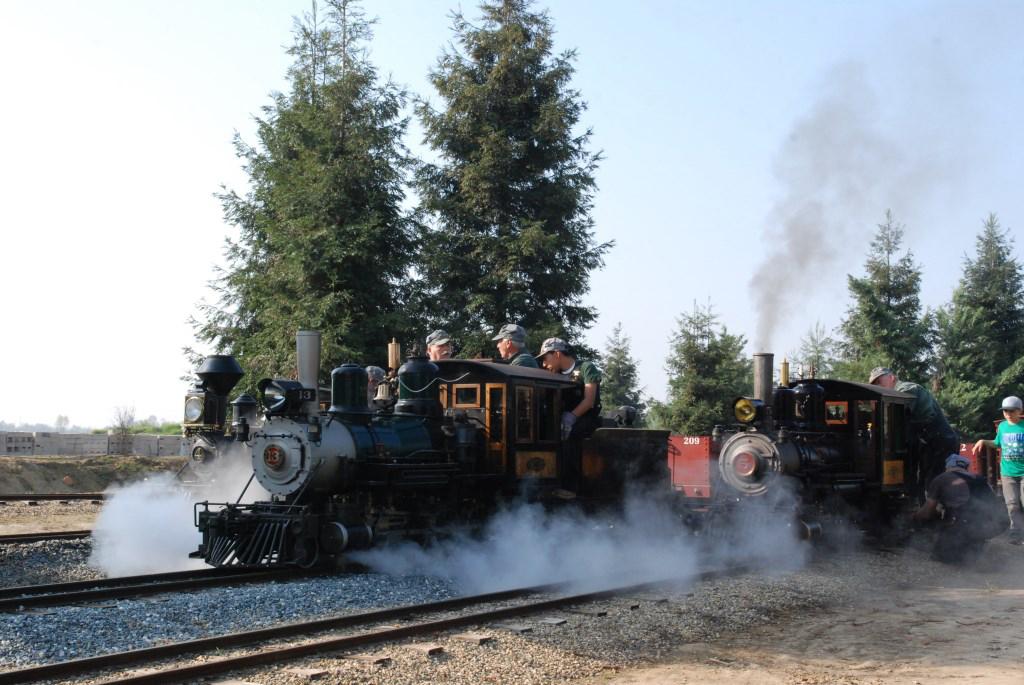Low college achievement rates identified in a new policy study in California’s San Joaquin Valley stem from a lack of college readiness and confusing transfer processes, experts say.
Although the San Joaquin Valley is located in an agriculturally-rich region—it’s the southern half of California’s vast, fertile Central Valley—few residents in the area work in the industry, according to the data. Only 9 percent work in agriculture, and most live in urban areas, suggesting that students are not choosing farm-related labor jobs after they graduate from high school.
While a number of factors are behind the region’s tepid four-year graduation rate, the institute’s August report highlighted one driving factor: “lower than average college readiness.”
Some experts say students can remedy this problem by preparing for college as early as possible, to set themselves up for baccalaureate achievement.
“Starting our service models in high school is already too late,” said Orquidea Largo, associate vice chancellor and chief outreach officer for the Center for Educational Partnerships at the University of California, Merced.
“It has to begin before a student even enters high school,” said Tressa Overstreet, executive director of college and career readiness with the Fresno Unified School District.
During the panel discussion, Overstreet stressed the importance of spending time “with our youngest students, to begin to develop that mindset, that ‘I am college material.’”
According to the institute’s study, a second major barrier facing southern Central Valley students is the low transfer rate from community colleges to undergraduate colleges and universities. The data showed student transfer rates in the valley’s community college districts were between 32 and 41 percent.
The low transfer rate is a problem the Central Valley Higher Education Consortium—an organization that collaborates with college institutions in the valley to address education needs—is working to fix, through a new program called the Central Valley Transfer Project.
Benjamin Duran, the consortium’s executive director, said during the panel discussion that community colleges in the valley are working on creating “transfer pathways.” Those paths will make it easier for students to transfer to a university to complete a four-year degree, by outlining the courses needed to move forward.
“We think it’s going to have a huge impact on the transfer numbers,” said Duran.







